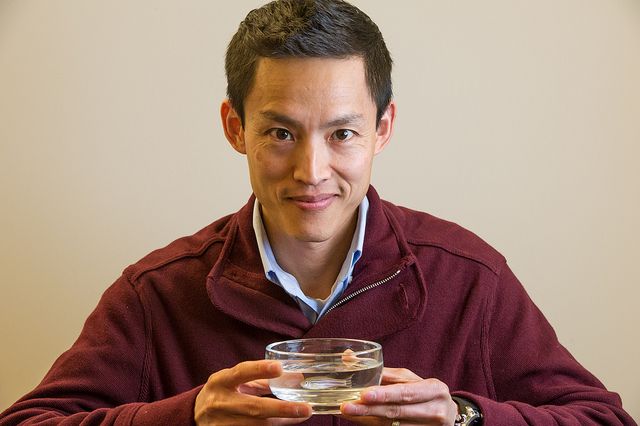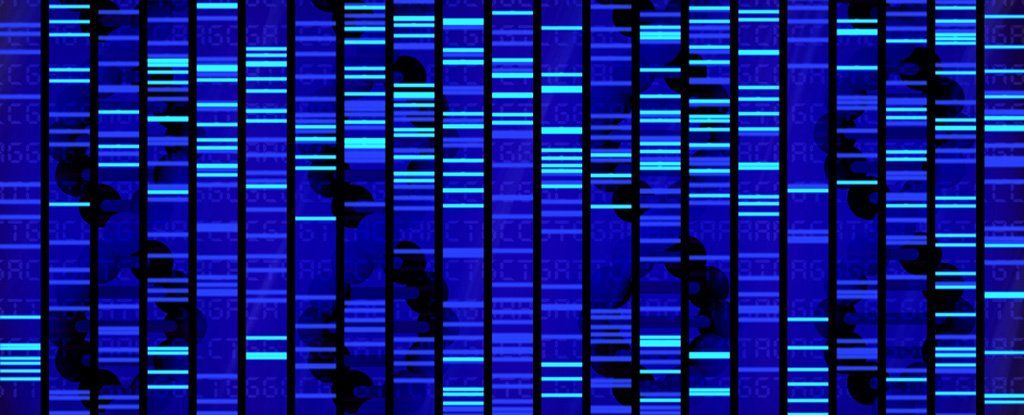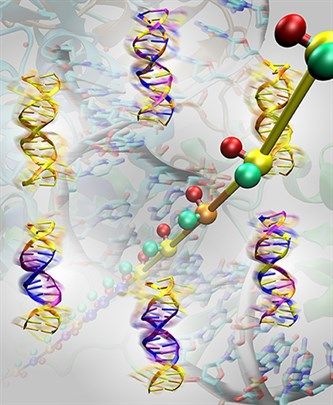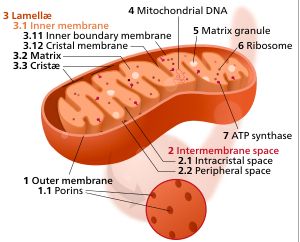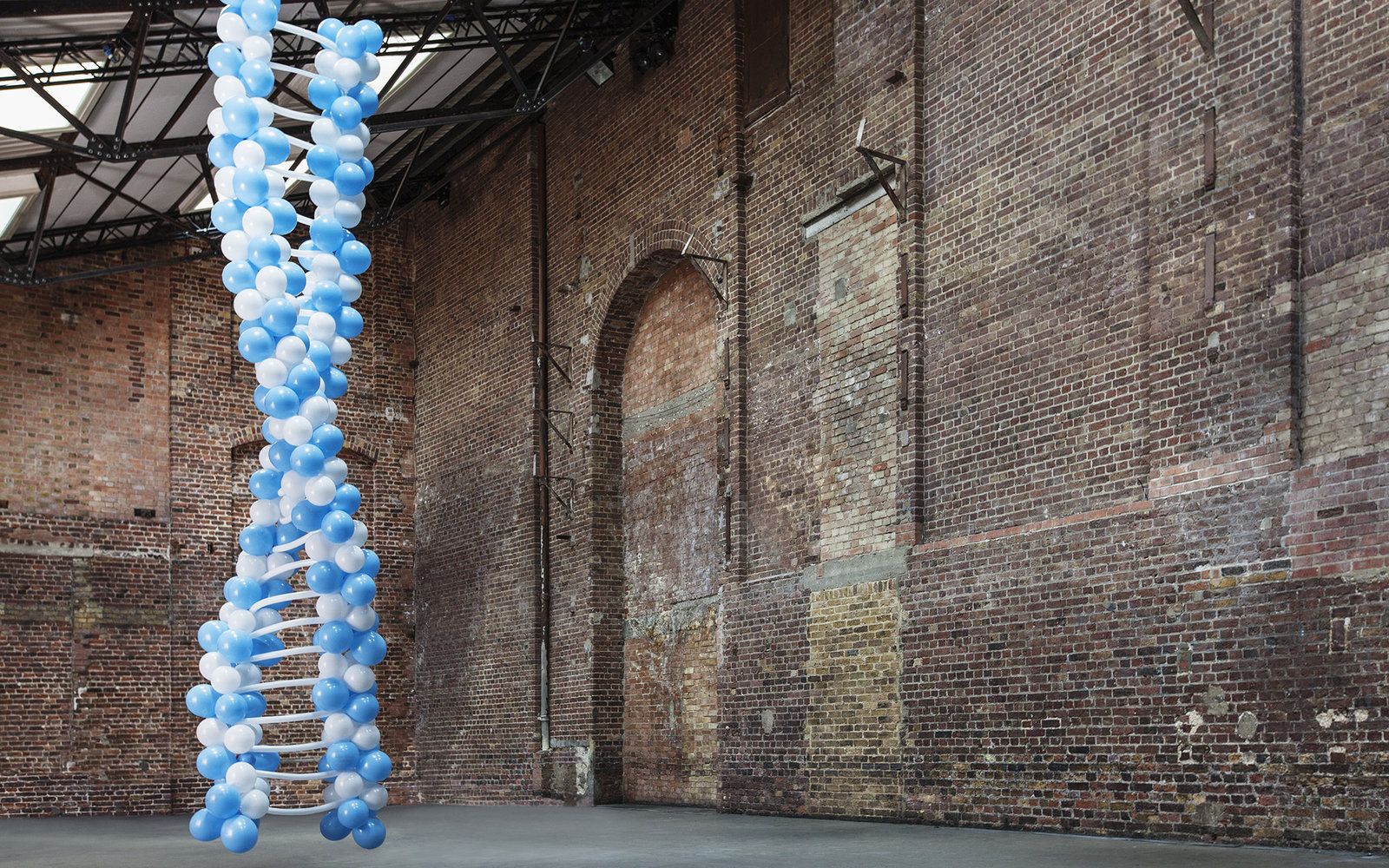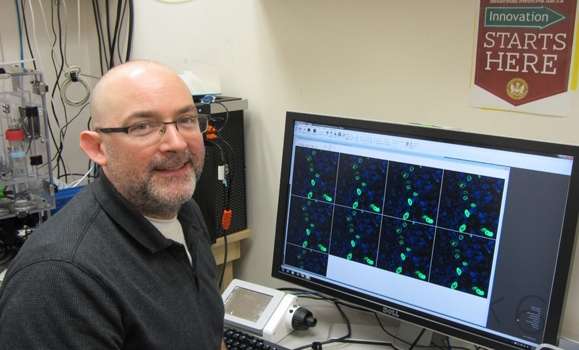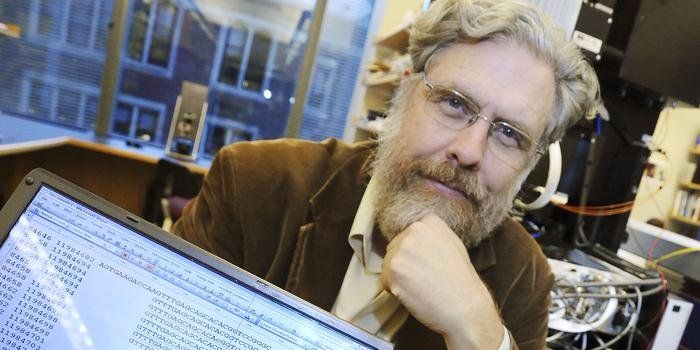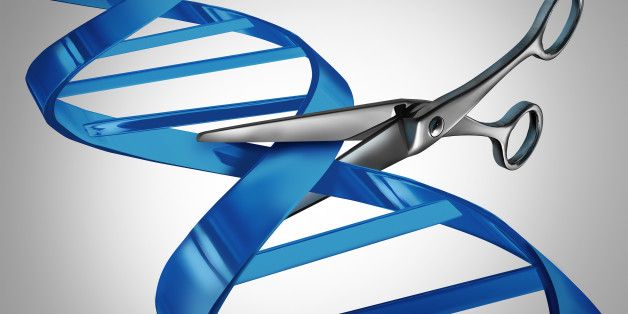Mar 11, 2016
Scientist identifies mechanism to regenerate heart tissue
Posted by Shailesh Prasad in categories: biotech/medical, genetics
The MDI Biological Laboratory has announced new discoveries about the mechanisms underlying the regeneration of heart tissue by Assistant Professor Voot P. Yin, Ph.D., which raise hope that drugs can be identified to help the body grow muscle cells and remove scar tissue, important steps in the regeneration of heart tissue.
Heart disease is a leading cause of death in the western world. Yin is using zebrafish to study the regeneration of heart tissue because of the amazing capacity of these common aquarium fish to regenerate the form and function of almost any body part, including heart, bone, skin and blood vessels, regardless of their age. In contrast, the adult mammalian cardiovascular system has limited regenerative capacity.
“Although zebrafish look quite different from humans, they share an astonishing 70 percent of their genetic material with humans, including genes important for the formation of new heart muscle,” Yin said. “These genes are conserved in humans and other mammals, but their activity is regulated differently after an injury like a heart attack.”
Continue reading “Scientist identifies mechanism to regenerate heart tissue” »
